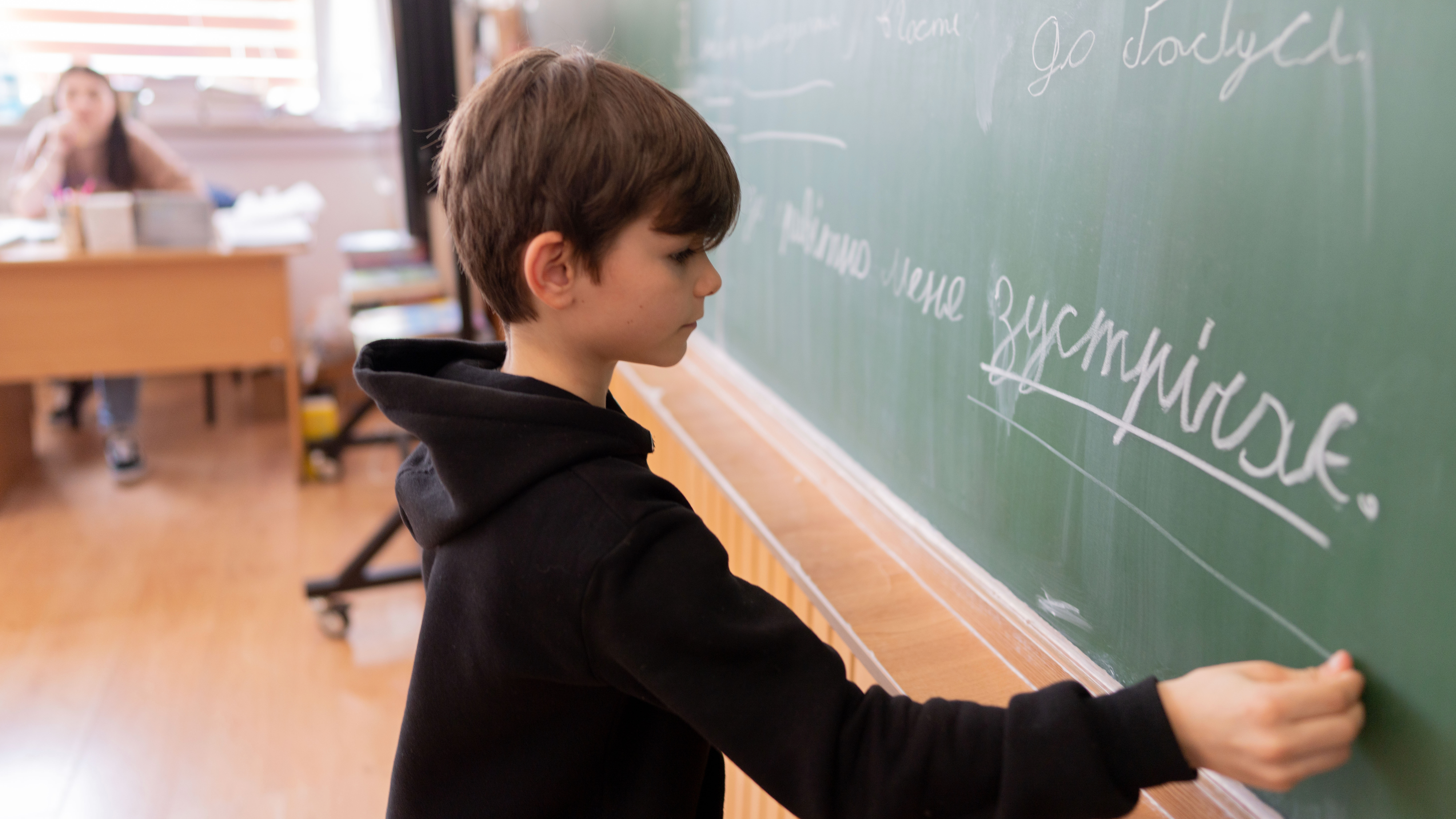Ukrainian refugees create their own school in Romania
In March of 2022, Anna Sushko spent days driving from Kyiv, Ukraine, to Bucharest, the Romanian capital, with her husband and two small boys, who are now 5 and 6.
Her sons didn’t understand what was going on — they thought it was some kind of adventure, she said. But Sushko could see the shock and bewilderment many children were experiencing as they crossed the border into Romania.
Sushko, who ran a kindergarten in the Ukrainian capital, wondered about doing the same in Romania, specifically for Ukrainian kids.

A few days later, she met another Ukrainian refugee, Svitlana Salamatova, who heads the Geopolitical Alliance of Women, a nongovernmental organization in Kyiv, which deals with women’s issues and education.
Sushko shared her idea with Salamatova, and 10 days later, with the help of nongovernmental organizations working in education, the two women opened a kindergarten in a local theater in Bucharest. Initially, the school drew 30 students.
“In the very beginning, we were thinking about how to save their childhood,” Sushko said. “I created the kindergarten with that in mind and as a place that mothers could come with their kids too.”
More than 100,000 Ukrainian refugees live in Romania, mainly women and children. Sushko said her husband was allowed to travel with them because they had adopted her second son just four months earlier.
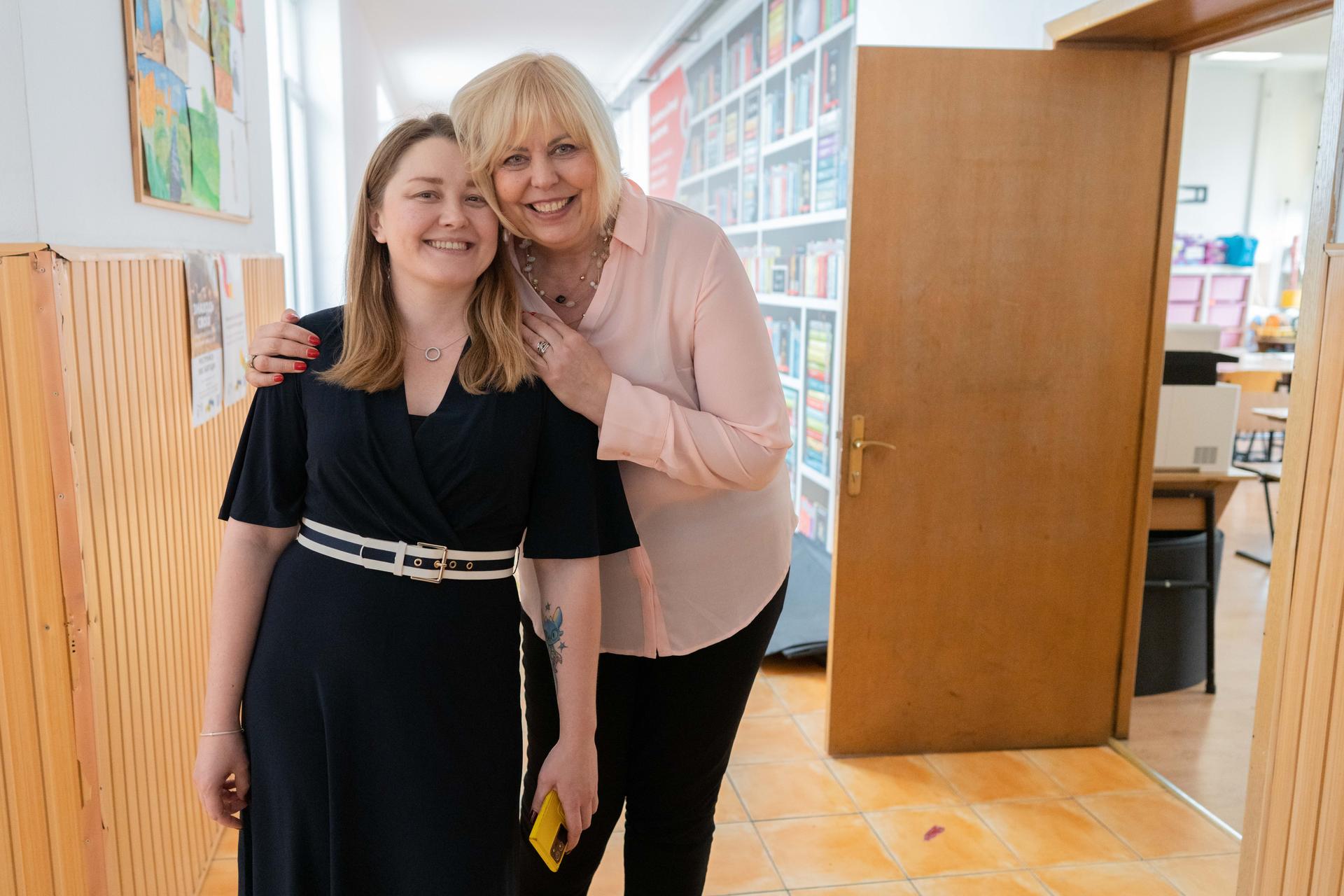
Only around 10% of Ukrainian children are enrolled in Romanian schools — the majority continue to take Ukrainian school courses online.
Salamatova, who has children ages 16 and 36 (and a granddaughter), thought the school could do more to serve refugee kids. She could see that older children needed somewhere safe they could gather and learn, too.
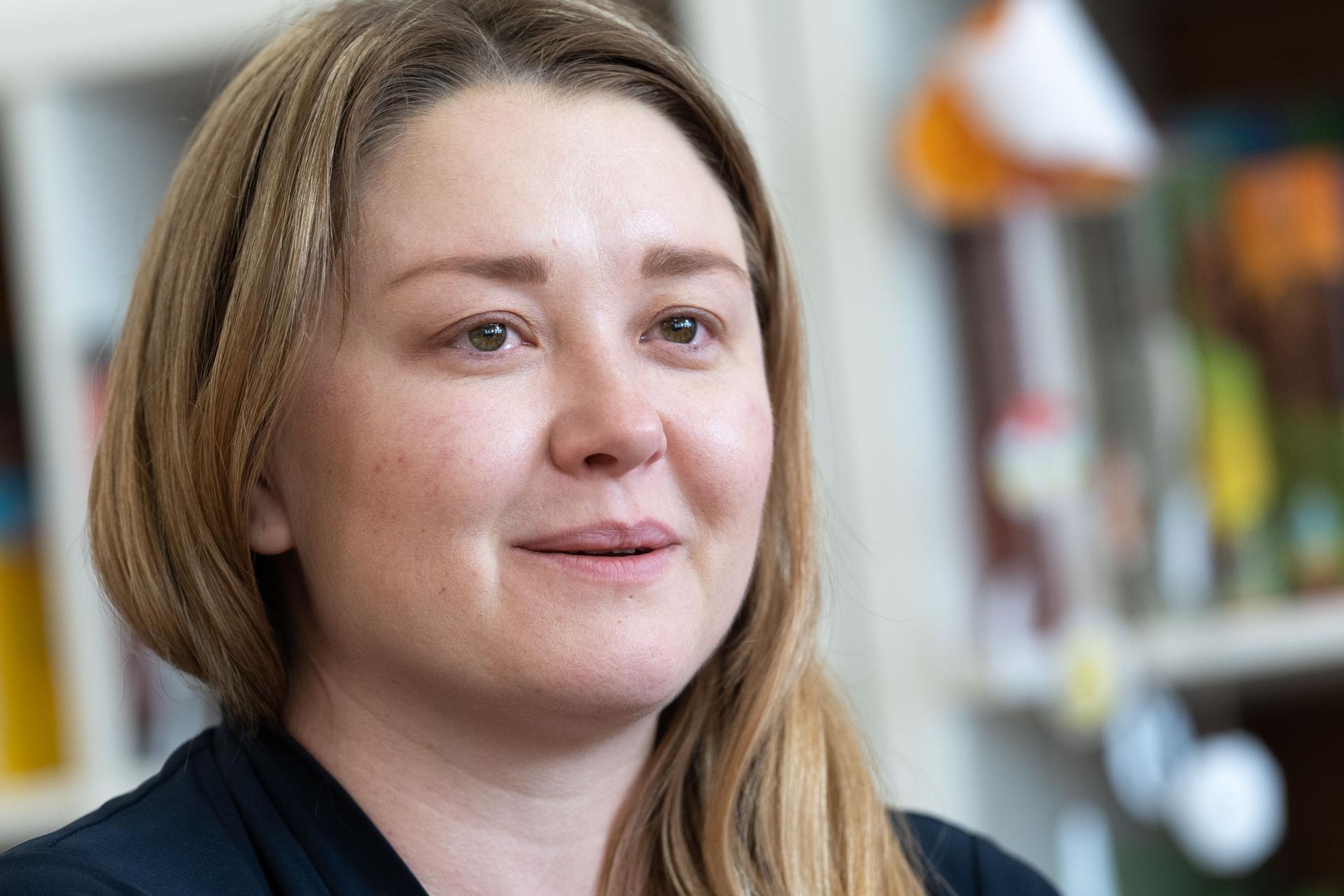
So, a little over a month later, following meetings with the mayor of Bucharest and local NGOs, the women were offered the first floor of a public school in the northwest of the city, Școala Gimnazială Uruguay (Uruguay School).
Today, more than 100 Ukrainian children — ages 4 to 15 — are attending the school and another 100 are on the waiting list. While the children have classes in the Romanian language, most of the teachers are Ukrainian and the students also follow online classes from Ukraine.

Sushko said she wanted teachers who could understand what the children are going through and are enthusiastic about the subjects they teach. She calls them “curators” — not teachers.
More than a year later, Sushko and Salamatova are now in discussions with the Romanian education authorities about how to assist students through the education system.
Most Ukrainian children who attend Romanian schools are only allowed to sit in and audit the lessons in their first year, so they can become familiar with the language.
But Salamatova said Ukrainian parents are anxious that their children are slipping behind in their education. She wants to see children continue to be accredited to the Ukrainian education system while attending Romanian language classes.
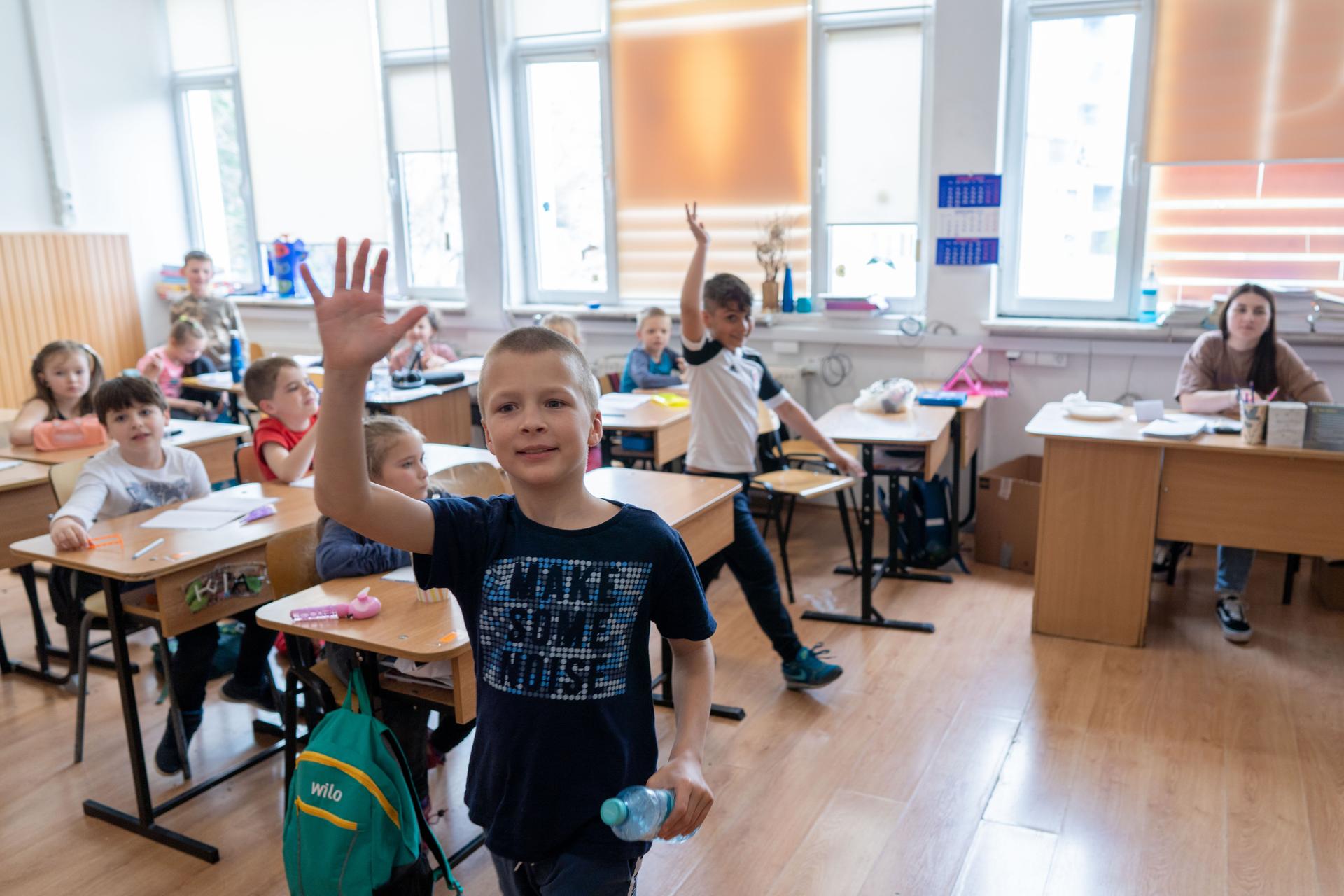
But there is another reason, Salamatova hopes to keep refugee children aligned with the Ukrainian education curriculum.
“Look what Russia did,” she said. “They took Ukrainian children from Ukrainian territory, they kidnapped them. Now, they are lost to us.”
The Ukrainian government estimates that nearly 19,500 children have been taken to Russia or Russian-occupied Crimea since Moscow invaded in February last year, in what it condemns as illegal deportations.
Salamatova said she thinks that the number is far higher. She fears that a whole generation of children will be lost to Ukraine, whether they have been taken to Russia or fled abroad.

“Who will rebuild the country after the war ends?” she asked. “We need to keep our children aligned to Ukraine somehow.”
The two women say they have received incredible support from the Romanian people. But a Europewide survey of attitudes toward Ukrainians shows Romanians are the least supportive in the EU of humanitarian aid being given to refugees: 25% of Romanians disagreed with the European Union providing assistance to people affected by the war, compared to an EU average of 7%.
Last month, the Romanian government approved plans to reduce financial contributions to Ukrainian refugees.

“Romania has already spent hundreds of millions of euros for refugees since the first day of war and we’ll continue to do this,” government spokesman Dan Carbunaru said. “We have a limited budgetary space and we’re making all the efforts to ensure we support all the citizens, Romanians and foreigners.”
Host families in Romania, many of whom are already owed outstanding payments from the state, will no longer receive funding to house Ukrainians under the government’s new plan. Instead, individual refugees will receive a direct payment of $166 (750 lei) per month for housing or $445 (2,000 lei) a month per family.
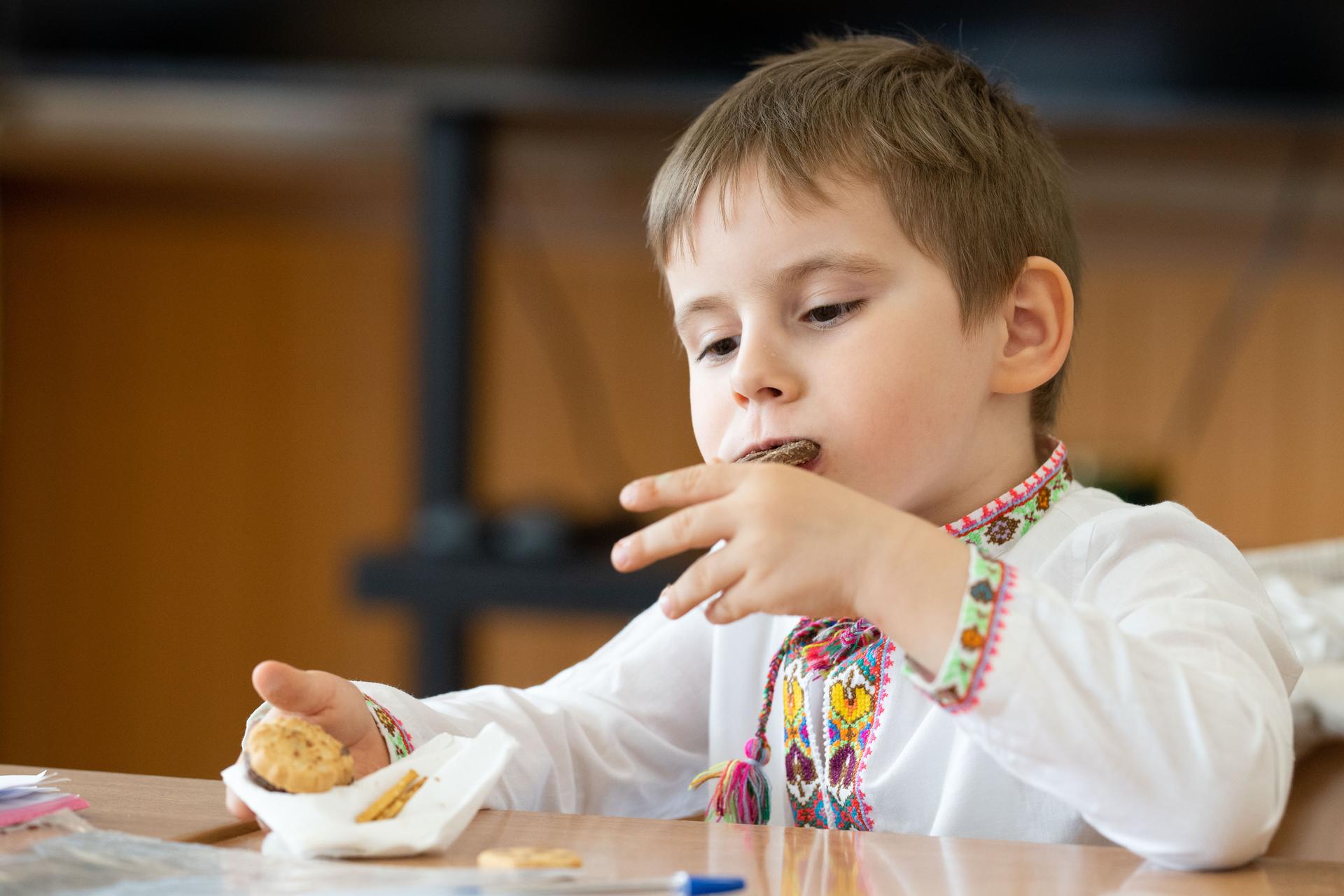
Some NGOs worry that Ukrainians will struggle to find affordable accommodation or willing landlords to house them.
Pablo Zapata, a representative with the United Nations refugee agency (UNHCR) in Bucharest, defended the government’s plans.
He said “the new system in Romania encourages employment and that, in turn, encourages the refugees to get out from behind walls and engage actively in society.”

Zapata said one of the biggest obstacles refugees face in another country is their inability to integrate. It’s usually led by the belief that “they will return home soon.”
But Zapata said the reality is that for many refugees this will not be the case and Ukrainians need to think about enrolling their children in the Romanian school system and finding a job.

He rejected fears that Ukrainians will go back home once the new payment system is introduced and said the Romanian government has ample space in state-run accommodation centers to house any refugees that are struggling.
Despite the support that Sushko has received from the Romanian people, she said that she’s not sure Bucharest will be her long-term home.
The two women were invited to New York recently as part of a UN delegation on education. Sushko said the positive attitude of Americans there was a world apart from what she is used to.

“You know people who I met on the street there gave me more positive-like energy, in just a few words, than people I’ve talked to for long periods of time in countries here in Europe,” she said.
Sushko said she would love her children to experience that energy and can-do attitude as they grow older.
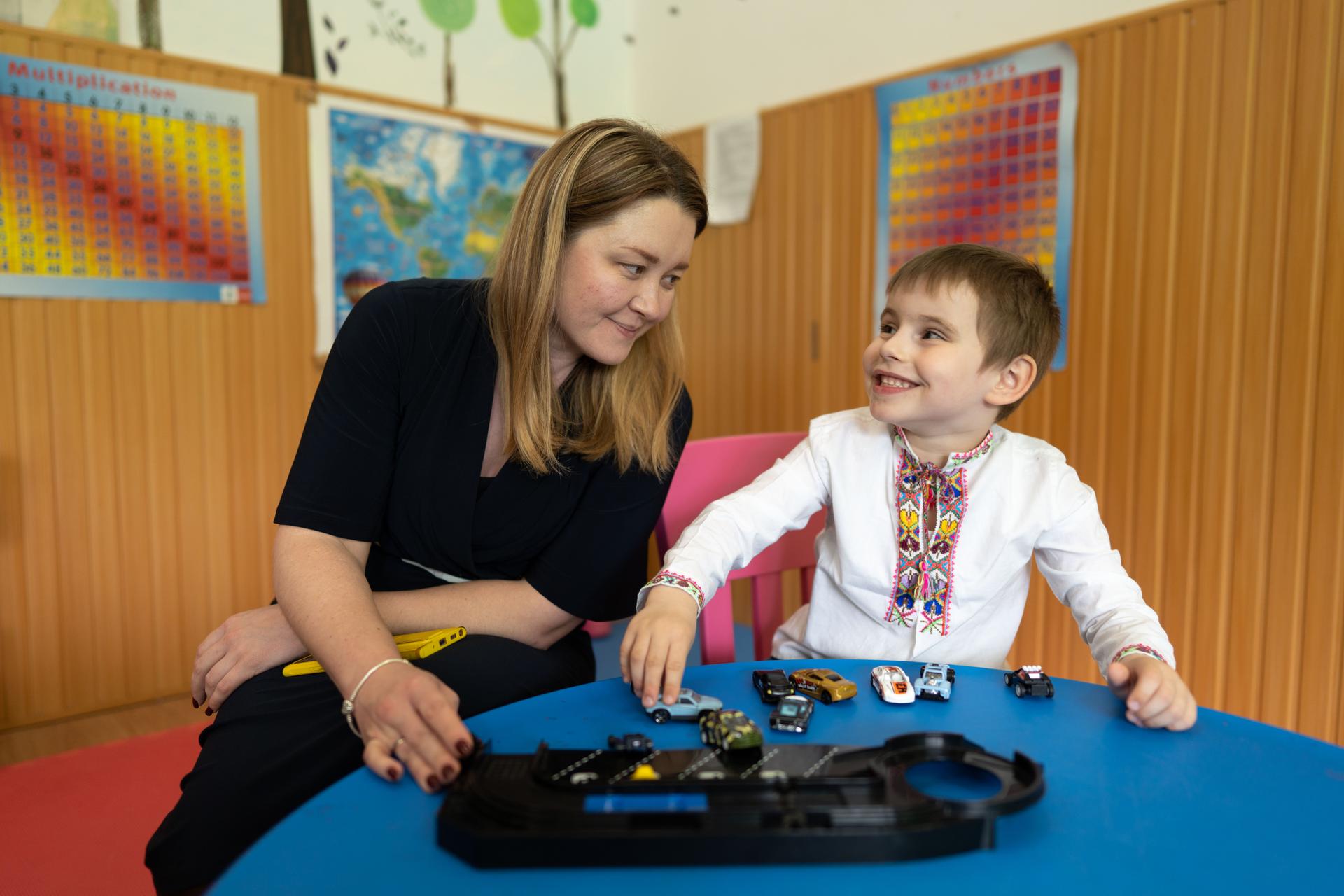
For now, though, she said the school needs her and Romania is home. When the war ends, then we will see what’s next, she said.
Raul Stef contributed reporting to this story.
The story you just read is accessible and free to all because thousands of listeners and readers contribute to our nonprofit newsroom. We go deep to bring you the human-centered international reporting that you know you can trust. To do this work and to do it well, we rely on the support of our listeners. If you appreciated our coverage this year, if there was a story that made you pause or a song that moved you, would you consider making a gift to sustain our work through 2024 and beyond?
